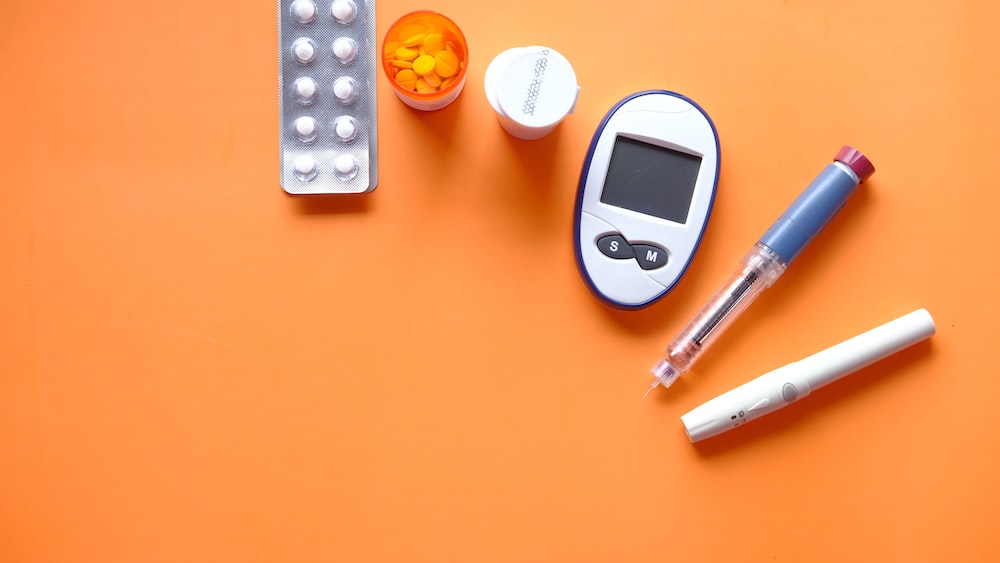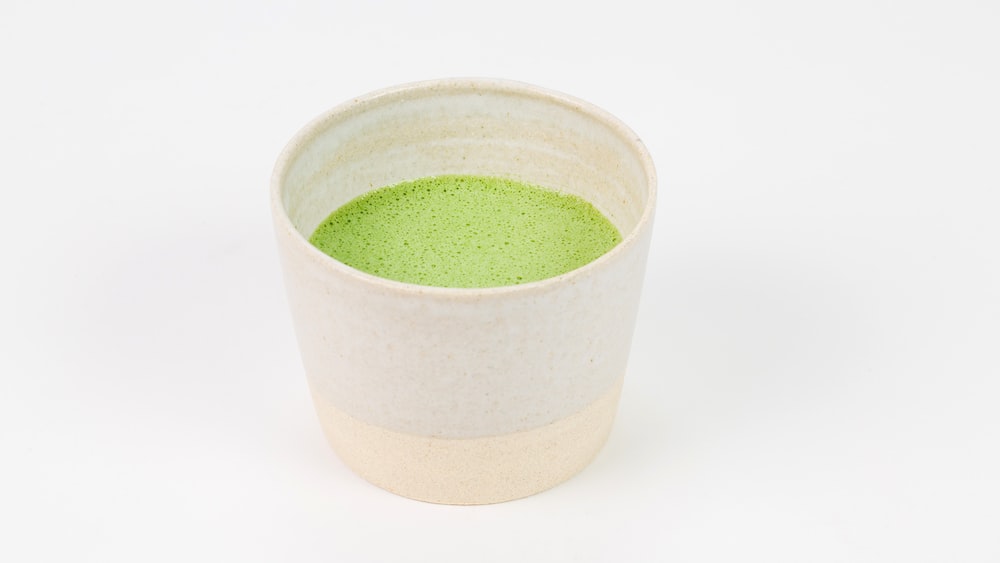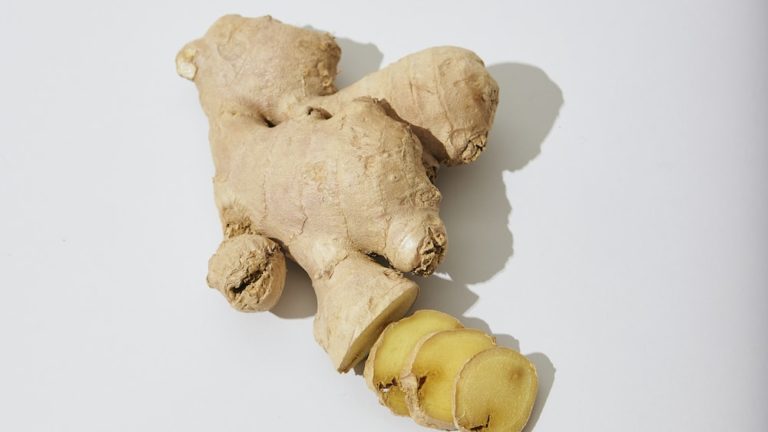5 Green Tea For Diabetics: Discover The Benefits

5 Green Tea For Diabetics: Discover The Benefits
Hello fellow tea enthusiasts and health gurus! Ever felt like you’re juggling two balls while walking a tightrope, as you try to balance your tea obsession with maintaining optimal health? We’ve all been there, right? Well, today I’m going to show you how to channel your inner tea aficionado for health’s sake. Prepare to be amazed at what I like to cheekily envision as a literal tea-totum that can quite possibly turn the tide in favor of folks grappling with diabetes: green tea.
You know how some superhero stories start with a simple, unassuming individual, only for a twist of fate to reveal them to have extraordinary powers? Well, meet the Camellia sinensis plant, the humdrum looking, underappreciated, Clark Kent-ish origin of green tea’s superpowers.
Perhaps you’re stroking your chin skeptically, just waiting for me to explain how sipping on green tea can be akin to a diabetic’s knight in antioxidant armor? Patience, dear tea lovers, that’s exactly what we’re going to delve into.
Understanding Diabetes and the Role of Green Tea
To properly appreciate our green tea hero, we must first understand the villain of our tale, the silent thief of health – diabetes.
What is Diabetes?
Right, the big D-scare. Diabetes is a metabolic disorder where your body turns into a traitor – I’m not even exaggerating here. It’s like having a double agent right in the midst of your physiology, working against your well-being.

There are two main types: Type 1 diabetes and Type 2 diabetes. In type 1 diabetes, the immune system goes rogue and destroys the beta cells in the pancreas that produce insulin. Imagine having your housekeeper turn on you and start throwing out all your socks – chaos ensues. Type 2 diabetes, on the other hand, develops when your body becomes resistant to insulin, or doesn’t make enough of it. It’s like having socks piling up everywhere but no place to put them.
Diabetes is a metabolic disorder that can feel like having a double agent working against your well-being, with Type 1 destroying insulin-producing cells and Type 2 causing insulin resistance or insufficient production.
The Connection Between Green Tea and Diabetes
Finally, the moment all tea enthusiasts have been frantically stirring their spoons for! How does green tea join hands with the fight against diabetes? Before you start considering green tea as some sort of witch’s brew for curing diabetes, let’s set the grounds with some science and fact.
According to several studies, regular consumption of green tea can have a positive influence on the prevention and control of diabetes. How does it do that, you ask? Well, think of green tea like a gymnastics coach for your body. It helps your body to become more agile and efficient at managing glucose and insulin. In this metaphor, your body is that awkward teenager who can’t even touch their toes, and green tea is the enthusiastic coach promising to make an Olympian out of it.
What’s more, green tea has a posse of biomolecules including polyphenols and EGCG (epigallocatechin-3-gallate) that help to improve insulin sensitivity. It’s like an elite task force dedicated to sweeping your body of the culprits causing your insulin levels to run amok.
The Science-Backed Health Benefits of Green Tea for Diabetics
With the villain and the hero introduced, let’s take a look at the epic showdown of how Green Tea can benefit diabetics. Buckle up tea lovers, it’s about to get scientifically delicious.
1. Helps in Glycemic Control
Step right up, ladies and gentlemen, let’s discuss the star of the show: Glycemic control. Got no clue what that is? Well, in layman’s terms, it’s your body’s ability to keep your blood sugar levels from going on a rollercoaster ride, minus the fun.
Green tea steps in as a world-class jester, juggling many roles at once. It not only coordinates the pacing of glucose into your bloodstream but also regulates the insulin response. Think of it like a skillful traffic officer managing a busy intersection during rush hour.
How does it accomplish this you may ask? Well, a study found that the polygonal phenols in green tea interact with our metabolic pathways, enhancing our body’s efficiency at managing glucose levels. Hands down, it’s a routine worthy of a standing ovation!
2. Assists in Weight Management
Okay, let’s touch base on a sensitive issue: managing your weight with diabetes. It’s like trying to balance on a tightrope while juggling those aforementioned balls; drop just one, and everything goes spiraling.

But don’t lose hope! Green tea has yet another trick up its sleeve. With its knack for improving metabolic function, green tea aids in weight loss by boosting fat oxidation and thermogenesis – the dance routine your body performs to convert fat into energy. Just imagine green tea as the enthusiastic dance instructor positively radiating with energy, motivating your body to maintain its rhythm and reduce those extra pounds.
3. Reduces Oxidative Stress
Imagine your body as a peaceful city and oxidative stress as graffiti artists run amok, spreading chaos, damaging property, and generally upsetting the peace. Oxidative stress occurs when there’s an imbalance in the production of reactive oxygen species (ROS) and your body’s ability to detoxify their harmful effects.
Enter green tea – the city’s superhero (cape and mask included). The antioxidant properties of green tea come into play here. The polyphenols present in green tea, specifically EGCG, have a knack for spotting and neutralizing these rebellious radicals causing a ruckus in your body. Once again, green tea secures its position as the humble superhero of our daily health routine, keeping disorders like diabetes at bay.
4. Improves Insulin Sensitivity
Have you ever pondered the connection between green tea and your body’s insulin sensitivity levels? Buckle up, Sherlock! You’re about to take a deep dive into the world of tea-infused science. Green tea, our humble yet heroic brew, is proven to improve insulin sensitivity.
Credible researchers have metaphorically dissected our favorite green leaves down to their molecule components, just to understand how they function. While they discovered an entire universe of compounds, one stood out with a golden halo – EGCG (or for the nerds, Epigallocatechin gallate). As it turns out, our hero, EGCG, has a special ability – coaxing our bodies into becoming more receptive to insulin, which is pretty fantastic news for everyone, but a jackpot for our diabetes-concerned friends out there.
5. Enhances Metabolic Function
Take a breath, one lump or two? Our green tea journey continues…sounds dull? Well, how about naming it CSI: Green Tea Edition? Sounds more tempting, right? So gear up! It’s time for our undercover agent green tea to make its entrance, not just as a glycemic controller or insulin sensitizer but as a metabolic process enhancer.
One of the drawbacks for folks dealing with diabetes is the constant struggle with metabolic disorders. Most of those cheeseburgers and fries, which are occasionally (read: regularly) gobbled up, tend to stick around a bit longer and party in diabetes-affected bodies, hence causing a metabolic mayhem. Here, our tea-rrific superhero arrives, caped with its vast profile of antioxidants and other compounds, accelerates metabolisms, making bodies more efficient at converting food into energy.
Still skeptical? Studies back this up too – researchers from Penn State spotted a positively significant link between EGCG and improved metabolic health. Even without donning superhero capes, green tea leaves have a pretty enormous job – improving your body’s refined ability to metabolize. Steep a cup and marvel at how much distance a little leaf has covered to help you with your diabetes.

Green tea acts as a metabolic process enhancer, boosting the body’s ability to convert food into energy and improving metabolic health in individuals with diabetes.
How to Incorporate Green Tea into a Diabetic Diet
What’s that you ask? “How do I sip my way to better health?” Brace yourself for the art of incorporating green tea into a diabetic diet. It’s high time we embrace our little green leaf friend, not just as a cup of comfort on a cold night, but also as a mighty tool in our wellness arsenal.
Choosing the Right Green Tea
Selecting the right green tea can feel like trying to choose a favorite child… impossible! But fear not, I’m here to help navigate the tempestuous tea seas. For diabetics, the trick lies in opting for something more organic, less processed, and absolutely free of artificial sweeteners that hide like ninjas in some store-bought teas.
Picture a spectrum with the purest, most untouched green tea leaves fall on one side, and the sweetened, commercially processed teas coil on the other like lolly-gagged children who’ve had too many sweets. For diabetics, your tea of choice should always lean towards the purer side.
It’s also important to note that different green tea varieties offer varying levels of EGCG. Japanese Green Teas like Sencha and Gyokuro generally provide higher EGCG concentrations than their Chinese counterparts. Decisions, decisions, decisions! But hey, it’s just tea, not rocket science, right?
How Much Green Tea Should Diabetics Drink?
Time to answer that all-important question: how much green tea is too much for those with diabetes? Before mounting an all-out attack on your tea stash, remember, balance is key.
Various studies suggest three to five cups a day as an optimal green tea intake for diabetics. Think of it like sips towards better health – or, imagine you’re Alice in Wonderland, minus the rabbits and mad-hatters, of course! Every cup is an adventure into a world with improved insulin sensitivity and enhanced metabolic functions. It’s your dose of good health, one cup at a time.
But remember, while green tea is mighty powerful, it isn’t magic. So, don’t toss out your diabetes medications in favor of an all-green-tea regime. Green tea is an ally, not the sole weapon against diabetes, so enjoy your brew alongside prescribed medical treatments.
Other Beneficial Teas for Diabetics
Don’t write off your other tea-riffic friends just yet. While green tea holds the limelight, other teas also dance on the sidelines, ready to assist in diabetes management. Let’s adjust our stage lights to shine on some remarkable brews.
Black Tea
Black Tea, the broody, dark horse in the world of teas, isn’t necessarily on the side-lines when it comes to diabetes management. It shares some quirky similarities with its green sibling, like their same parent – the Camellia sinensis plant.
Termed as the ‘dark knight’ due to its heavier oxidation process, black tea is rich in unique flavonoids known as theaflavins and thearubigins. These compounds may not have EGCG’s level of fame, but they’re surely no less potent. They’ve been linked to better blood sugar control and improved cholesterol levels – a crucial aspect of diabetes management.
Studies show these compounds, with their soothing vanilla-like smoothness, can pull their weight in the diabetes battle arena. They can reduce the absorption of glucose into the bloodstream and lower oxidative stress. Hence, sip a cup, embrace the depth of flavors, and let black tea’s rich darkness color your diabetic journey with tints of better health.
Chamomile Tea
Pouring the spotlights from the tea party onto Chamomile Tea, we met with a humble, delicate flower that embraces health benefits in its petals. Chamomile tea brings a soothing lullaby for managing blood sugar levels, making it a significant part of the health tea brigade.

With its apple-like aroma and mellow flavor, chamomile tea is a crowd favorite. Beyond its tranquil aura, though, it packs quite the punch against diabetes. A study found that consuming chamomile tea daily with meals could help prevent the complications of diabetes, such as kidney damage and blindness.
So, next time you brew a cup, remember, don’t be fooled by chamomile’s soothing demeanor. Behind those soft floral notes, it’s waging a fierce war on diabetes – and it’s winning!
Hibiscus Tea
Now, how about we take a detour from the greenery of the tea garden and take a dip into the vibrant hues of the hibiscus flower? Remember when your grandmother used to make jams from this flower. Oh, those were good times! In an ironic twist of fate, our appreciation of hibiscus has upgraded from its sweet nectar to its tea, made from steeping the crimson petals in hot water. Serving both tastes and health, hibiscus tea is claimed to have several benefits including aiding in reducing blood pressure and, guess what? Yes, helping to manage blood sugar levels! Now that’s a riveting revelation!
Recent studies suggest that hibiscus tea may improve insulin resistance and also seems to have a hand in reducing cholesterol. So, besides having a taste of pink paradise, you might also gift yourself a spark of wellness. Make no mistake, it can’t replace your medication, but it sure can walk alongside it to help you on the journey!
Frequently Asked Quenchers
1. Can Green Tea Cure Diabetes?
The question often pops up in tea debates: “Can the benefits of green tea extend to curing diabetes?” Well, while green tea, loaded with EGCG and other antioxidants, has been clinically proven to assist in managing diabetes symptoms, it does not act as a standalone cure. The phrase ‘management is key’ takes a concrete form here!
2. Are There Any Side Effects of Drinking Green Tea for Diabetics?
Asking about side effects of green tea for diabetics, are we? Generally, green tea is safe. However, some might experience side effects, specifically if they consume in large quantities or on an empty stomach. These may include heartburn, stomach upset, or even nerve tremors. As always, moderation is the golden key!
3. Can I Drink Green Tea on an Empty Stomach if I Have Diabetes?
Drinking green tea on an empty stomach, especially for diabetics, can be a double-edged sword. On one hand, it can boost the effects of blood sugar regulation; on the other, it could increase the risk of an upset stomach. A good middle-ground might be to have a light snack with your tea, how about that?
4. Does Green Tea Interact with Diabetes Medication?
The question about green tea interacting with diabetes medication is worth considering. While some sources point to the possibility of green tea affecting the absorption of certain medicines, unfortunately, the tea leaves do not reveal all their secrets at once. It’s always best to pay attention to your body’s response and consult your doctor.
Conclusion
So, as we reach the bottom of our shared cup of tea, ah, how time flies when you are engrossed in teatime chit-groups, there remains no doubt that green tea is a blessed beverage! Packed with EGCG and innumerable health benefits, it truly deserves the fame it has been steeped in over the centuries.
Nevertheless, it’s not a magic potion – though often it feels like a warm hug in a cup – and enjoying its benefits for a diabetic lifestyle means balancing your diet and medications with your tea habit. So, go ahead, fill your kettle, brew your tea, and let its waves of wellness wash over you, because life has a way of filling your cup with goodness, one sip at a time!
With a warm cup of tea and a heart full of good wishes, that’s me, Zoe, saying goodbye for now. See you on the other side of our next tea adventure!






